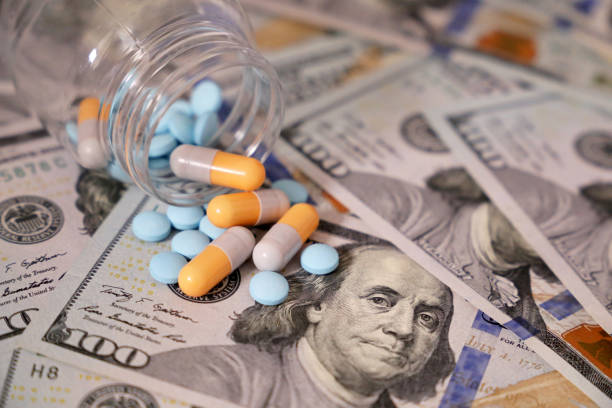We all know that the life sciences industry has a lingo of its own. The specialized terms are not limited to just the medical or technical aspects though. There are numerous industry specific terms that pharmaceutical and biologic companies use when talking about the pricing of their products in the marketplace, specifically when selling through the wholesaler channels. The following are the more common terms, along with their related definitions, that are used in the industry.
Contract Pricing
Contract pricing is the simplest of the terms. Contract pricing is used to describe a situation where seller and buyer agree to a set contractual rate for product sales. The contract price is typically negotiated with each customer individually. Overall, it is a simple, straightforward product pricing model.
Alternatively, when products are sold through the wholesaler distribution channels, often with the three large wholesalers in the US (AmerisourceBergen, Cardinal, and McKesson), the pricing becomes more complicated. Below are the terms that you will encounter when dealing with the wholesaler distribution model.
Wholesale Acquisition Cost (WAC)
WAC is the list price of a product at which a pharmaceutical company sells its product to a wholesaler. This is sometimes referred to as the “list price”. This list price doesn’t include any price adjustments and does not necessarily represent the true final transaction price of the drug product.
Shelf Stock Adjustment (SSA)
From time to time, the wholesaler and pharmaceutical company can agree to adjust the WAC price. Typically these adjustments will occur when the competition related to a specific drug product changes. The lowering of the WAC price with the wholesaler generates a “shelf stock adjustment” as the adjustment applies to inventory on hand with the wholesaler, which hasn’t yet sold through to the ultimate purchaser. At the time of the adjustment, the pharmaceutical company typically issues a credit memo to the wholesaler for the total price difference in the change of WAC price for all on-hand inventory at the wholesalers.
Average Wholesale Price (AWP)
The average wholesale price is the average list price of drugs for sale at the wholesaler level. This metric was designed to provide pricing information to third-party payers and government entities, however, due to the potential further discounts and rebates, this figure can be subject to manipulation which can impair the transparency which AWP seeks to achieve.
Chargeback
A chargeback is typically the most significant calculation in the overall gross to net pricing model. It is computed as the difference between the WAC and the price paid by the wholesaler’s ultimate customers. It is called a chargeback because it is charged back to the pharmaceutical company. In the accounting world, chargebacks are considered an adjustment to the original transaction price. In most cases, all generic pharmaceutical products sold through the wholesaler channel will be subject to a chargeback.
Group Purchasing Organizations (GPOs)
GPOs are entities that help healthcare providers increase their purchasing power in order to obtain discounts and better pricing from pharmaceutical and other life science companies. GPO members pay to be part of a GPO. The GPO in turn, uses its revenues from the members to negotiate contracts with pharmaceutical companies. Pharmaceutical product providers also gain value by being a supplier for a GPO as it is typically an easier way to garner new business. As a result, pharmaceutical companies also pay fees to GPOs based on the members purchases.
Fee-for-Service (FFS)
Wholesalers are compensated by the pharmaceutical companies for the distribution services provided through a “fee for service” model. This model, in place since 2004, limits the amount of inventory the wholesalers can hold, requires certain information sharing with the pharmaceutical company, and sets the terms for compensation for the distribution services they provide. Typically, the fees are only owed to the wholesalers when the goods are sold by the wholesaler to their customer.
If you have any questions related to these terms, or any other life science or pharmaceutical matter, please contact your WilkinGuttenplan advisor.





